
Europe and Mediterranean: Castles Along the Rhine Cruise
Uniworld Boutique River Cruises
Cruise along the Rhine—Germany on one side, France on the other. Discover Alsace, whose dual French and German heritage has given it fabulous food and a winemaking tradition that goes back to the Romans. Marvel at castles that were once mighty fortresses and get an insider's look at the impressive Rheinstein Castle. Visit historic cities, including ancient Cologne and picturesque Strasbourg; stroll through the fairytale town of Rüdesheim; and taste delightful white wines in the villages where the grapes are grown.

True All-Inclusive Boutique River Cruising™
All gratuities for onboard services
Unlimited fine wine, beer, spirits and nonalcoholic beverages**
Shore excursions with local experts as your guide
Internet and Wi-Fi
All arrival and departure day transfers
Executive Member Benefit
Executive Members receive an annual 2% Reward, up to $1,250, on qualified Costco Travel purchases
Receive a $50 shipboard credit per person (maximum $100 per stateroom)♦
Digital Costco Shop Card
Member Exclusive: Digital Costco Shop Card with every Uniworld river cruise†
Onboard the S.S. Antoinette
S.S. Antoinette
Year Built: 2011
Double Occupancy Capacity: 164
When you step aboard the S.S. Antoinette, you'll understand why the "S.S." precedes "Antoinette," as this appropriately means "Super Ship." Aboard ship, the ambiance is reminiscent of France's Château de Versailles during the late 18th century, with the character of the past thoughtfully blended with unusual touches to create a feeling of luxury, warmth and elegance. A blue Strauss 10-foot Baccarat chandelier with huge sapphires, originally hung in New York's famed Tavern on the Green, graces the two-story lobby. Fine Brazilian marble adorns the walls and floors, and a sparkling 19th-century Venetian glass mirror rests high above the reception desk, providing an air of grandeur. The S.S. Antoinette shares the same exquisite standards and meticulous attention to detail reflective throughout Uniworld's fleet. Haute design with comfortable décor symbolize the style and grace for which Uniworld ships are known.
Activities & Services (included in cruise)
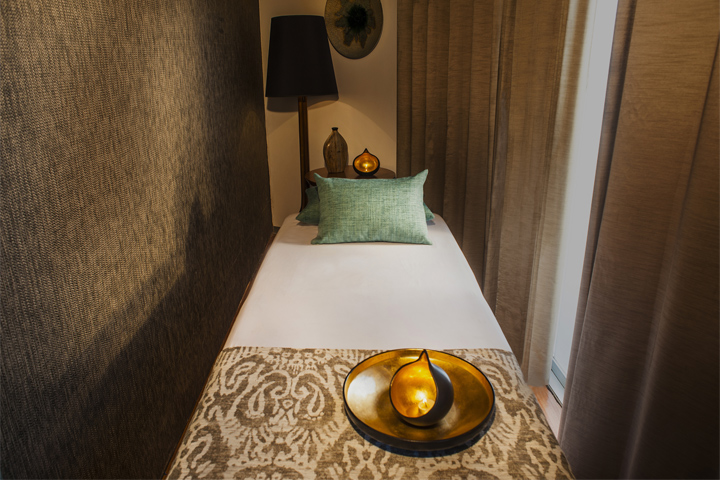
Spa
- Theater/Show Lounge
- Fitness Center
- Pool - Outdoor
- Bars/Lounges
- Elevators
Activities & Services (available for an extra fee)
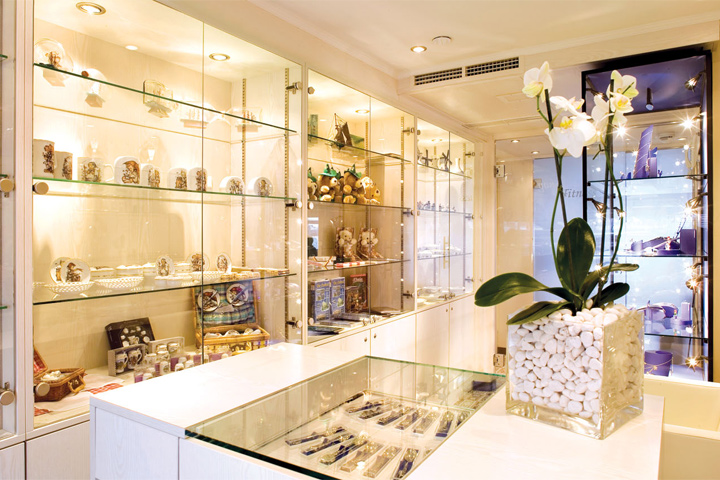
Duty-Free Shops
- Spa Services/Massage
- Dry Cleaning/ Laundry Service
- Duty-Free Shops/Boutiques
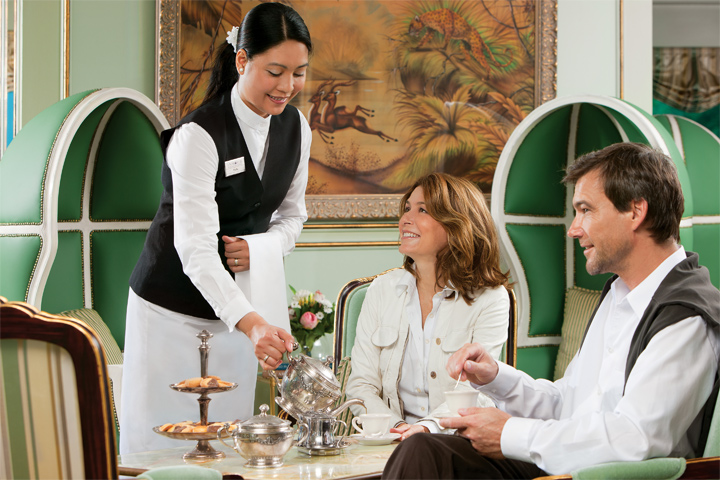
Main Dining
Main Dining
Restaurant de Versailles (open seating): This seating option allows you to choose when and with whom you dine. Menus are a blend of classic cuisine with a touch of contemporary elegance, and are created using only the finest and freshest ingredients often brought onboard from local ports of call. You'll be surrounded by the beauty of passing riverbank towns and villages.
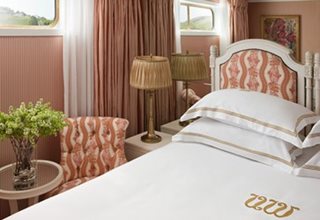
Category: CL
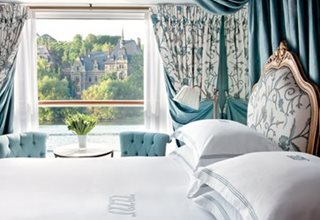
Category: FB
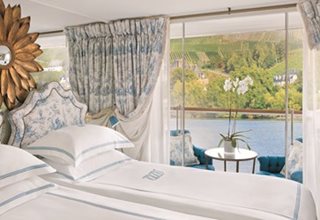
Category: DB
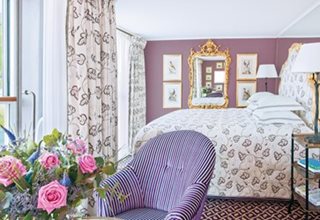
Category: S

Category: GS

| Symbol | Description |
|---|
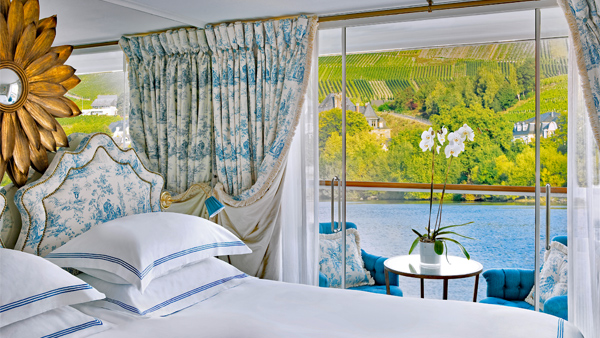
- Ship Name: S.S. Antoinette
- Year Built: 2011
- Year Entered Present Fleet: 2011
- Ship Class: Sister ship to River Beatrice
- Maximum Capacity: 164
- Number of Passenger Decks: 4
- Number of Crew: 45
- Officers' Nationality: International
- Ocean-View without Balcony: 20
- Ocean-View with Balcony: 53
- Capacity Based on Double Occupancy: 164
- Country of Registry: Switzerland
- Total Staterooms: 82
- Suites with Balcony: 9
- Crew/Hotel Staff Nationality: International
Costco Member Reviews

Terms & Conditions
*Price shown is per person based on double occupancy and is valid for select stateroom categories only. Click on the Terms & Conditions link below for details.
**Unlimited beverages include premium wine and premium spirits. Diamond List of wine and spirits is available at an additional cost.
♦Executive Members receive a $50 shipboard credit per person, maximum $100 per stateroom. Executive Member benefit is valid for primary cardholder only. Shipboard credit is per stateroom based on double occupancy. Shipboard credit will be applied to your onboard account. Any unused portion of the credit is nontransferable, nonrefundable and not redeemable for cash.
†One Digital Costco Shop Card per room/stateroom, per stay. The exact amount of the Digital Costco Shop Card will be calculated during the booking process. The Digital Costco Shop Card promotion is nontransferable and may not be combined with any other promotion. A Digital Costco Shop Card will arrive by email approximately 10 days after the start of your cruise. Click on the Terms & Conditions link below for additional information.
Ship's registry: Switzerland







